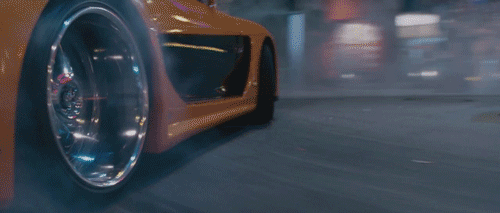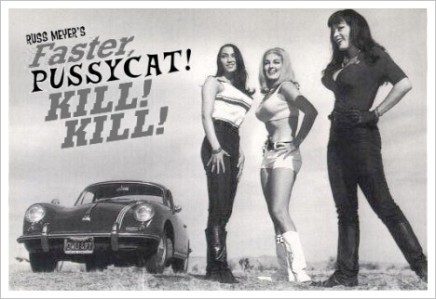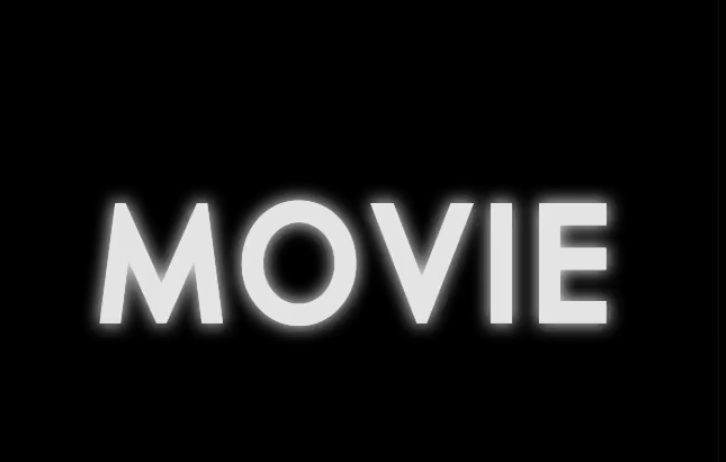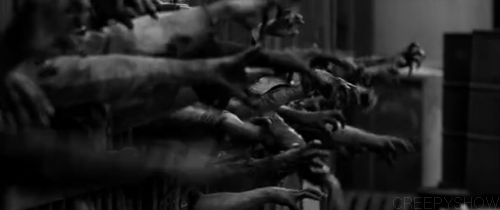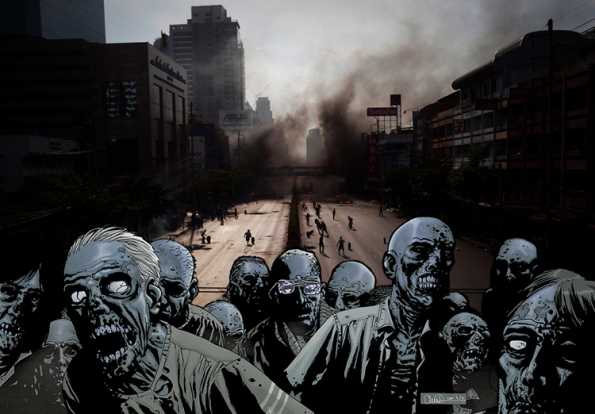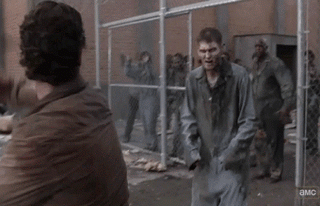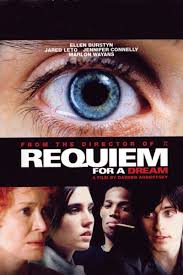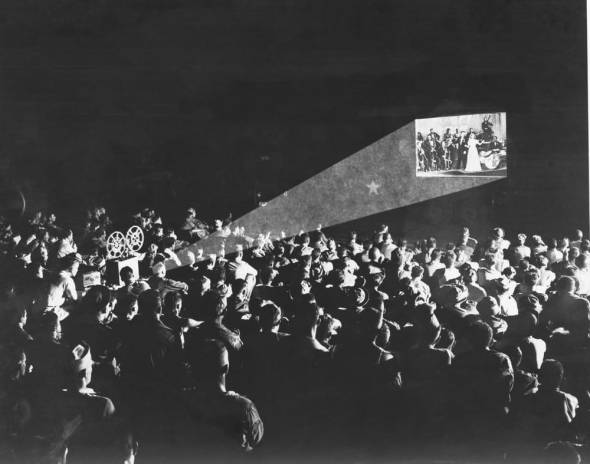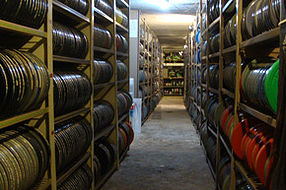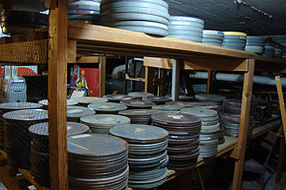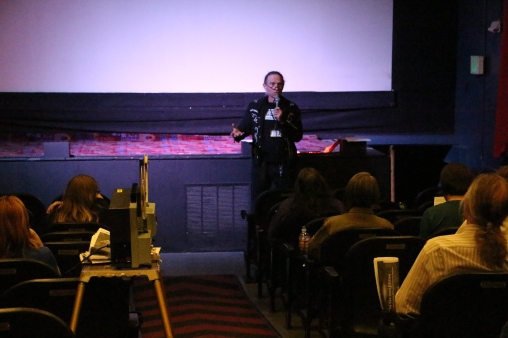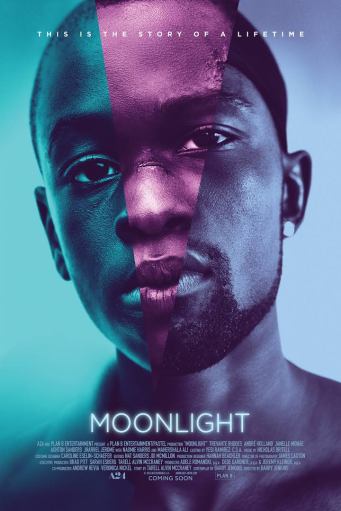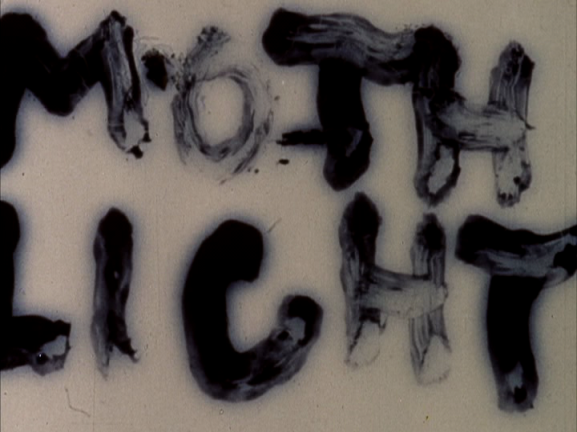In many of my previous posts, I have paid a lot of attention to alternative cinema and its importance in divulging things that traditional cinema does not. I have also paid homage to a popular genre and mainstream films. I have been very specific in my analyses, but for this post, I want to broadly talk about why cinema, in all of its forms, is important regardless of its under-represented or over-represented medium.
Throughout my college career, I have been an avid feminist and I tend to view almost all films with a feminist lens. I discuss so passionately in my bio why I believe thinking critically about cinema is important. Well, if my other posts haven’t done it for you – this one will. Whether we realize it or not, cinema is an invaluable tool that can inform us about the world we live in.
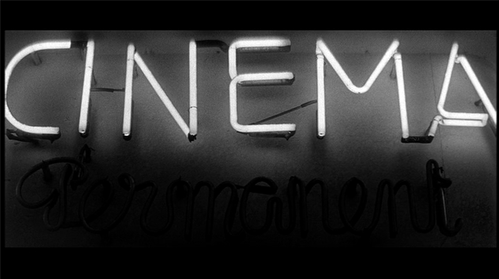
In the realm of feminism, cinema has often played a large role in perpetuating gendered social constructions. Have you ever wondered where women get unrealistic expectations in relationships? Start with the rom-com. They reveal a romantic world that is often inaccurate and gives women and men unrealistic gendered expectations of relationships.

Next, it is important to note what role women and men play in the majority of films. Most of the time, women are the damsel in distress and men are there to rescue/save them.
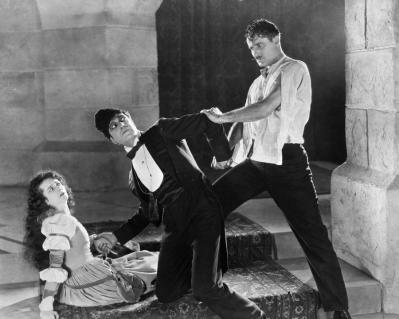
In other cases, men seduce the woman and all is well. This asserts a social construction as men = superior and women = inferior/subordinate. This common perpetuation of gender norms in film has a big part in how society understands gender. To this degree, it’s not good. But!! If you are able to point out these stereotypes, then cinema becomes a tool to help deconstruct norms and understand how these unequal power relations came about in the first place.

Don’t fret, though. Progressive and recent films like the Kill Bill series or especially, Mad Max: Fury Road (2015) not only contain strong female roles that subvert patriarchal norms, they also critique patriarchy.
So, films are not just here for entertainment, they are here to give us profound insight about the world we live in.



